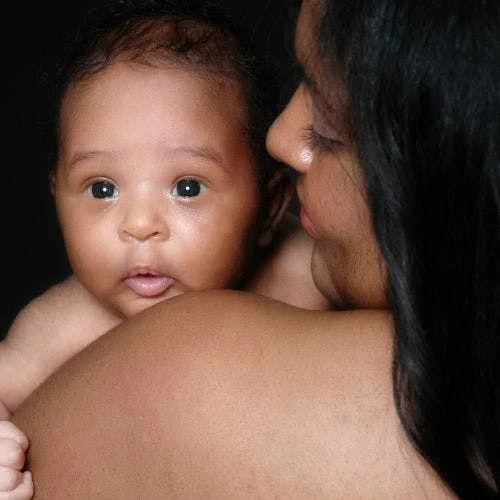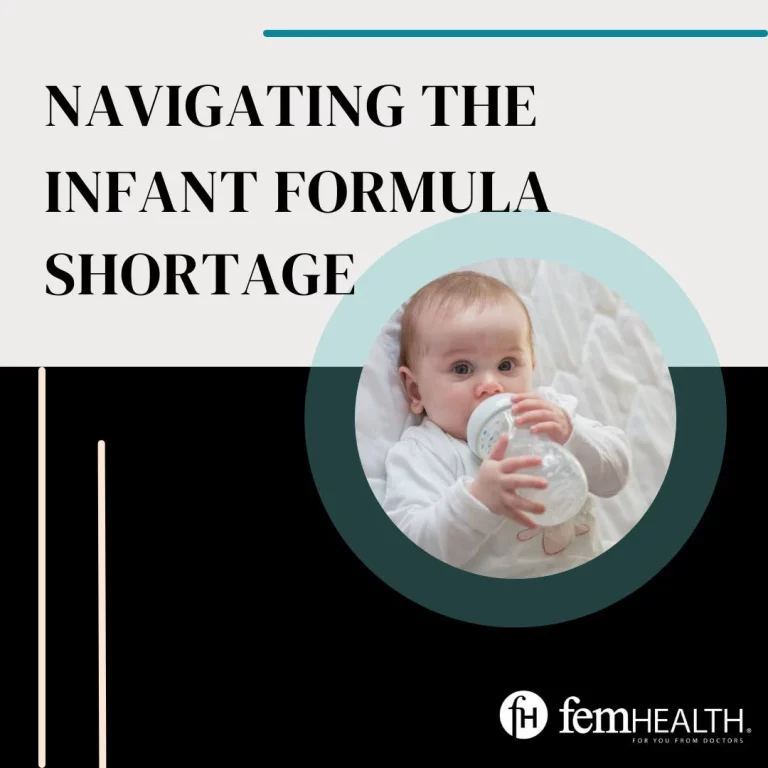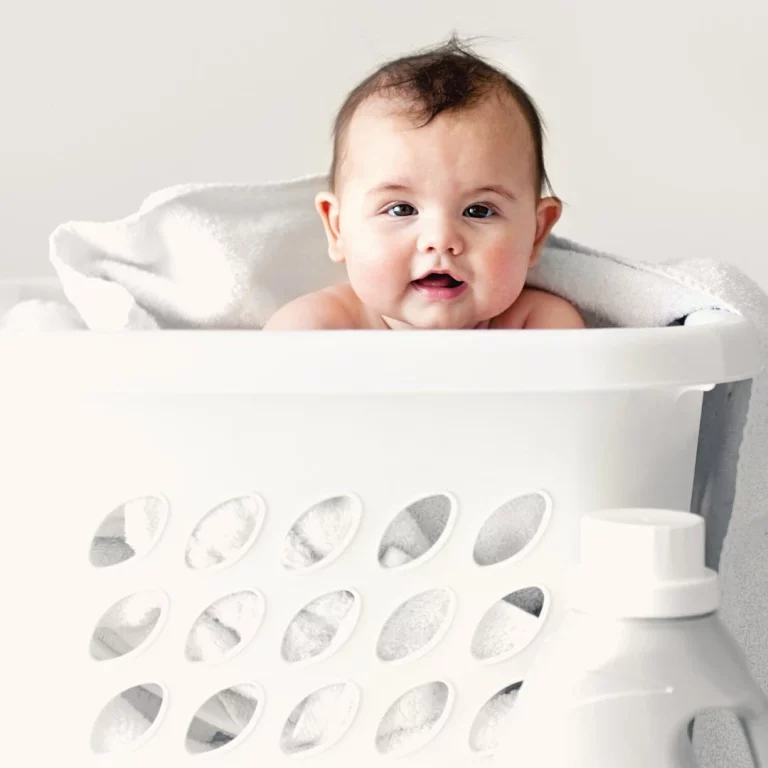3 Best Nipple Creams For Breastfeeding Moms 2023
While breastfeeding your baby has many benefits for both mom and baby, it is not exactly “easy” to do. Breastfeeding has many challenges and one of them is sore and cracked nipples. You can also have painful nipples if you are pumping breast milk as well for your baby. When breastfeeding, buying an appropriate nipple cream can be very helpful in your breastfeeding journey. If breastfeeding parents are not in pain, they are more likely to be able to breastfeed their baby longer and also with more enjoyment. So, what is the best nipple cream while breastfeeding? Let’s take a look at some of the popular products on the market so you can understand your options.
Be sure to purchase a nipple cream for breastfeeding either towards the end of your pregnancy or immediately after your child is born, as you may start to experience sore nipples right away. The early days of breastfeeding are the most important in terms of establishing your breast milk supply. This means getting the baby to the breast very often (almost every 2 to 3 hours), or using the breast pump every 2 to 3 hours. If your nipples are in pain, then this can directly affect your ability to not just feed but it can also affect your milk supply long term. You will want to be as prepared as possible for your breastfeeding journey.
1. Nipple Cream With Lanolin
This is one of the most popular breastfeeding products out there. In order to minimally expose your newborn to this, place the ointment onto your nipples just after you have finished a feed. One of the best parts about this nipple cream is that it comes in a variety of sizes so you have options. We recommend buying 2 to 3 of the smaller sizes and keeping it in different locations in your house and one in your handbag. That way you aren’t running around looking for it when you need it.
2. Mother Love Nipple Cream
This nipple cream is popular because it is a lanolin free option (but remember that many breastfeeding persons use lanolin nipple cream without any problems). Motherlove nipple cream is made of extra virgin olive oil, beeswax, shea butter, marshmallow root, and calendula flower. This nipple cream is also USDA Certified Organic, and it is also non-GMO. One of the downsides to this nipple cream is that it only comes in jar form. It is not as convenient for being on the go and of course the glass of the jar can break. You may want to have this option at home and use the Lanolin breastfeeding nipple cream for when you are on the go.
Related: Formula Shortages: Where To Buy
3. Nipple Shield For Breastfeeding
A nipple shield can help in the early days of breastfeeding by protecting the nipple and by making it a little easier for the baby to latch. For parents who are concerned about putting a cream or substance on their nipple, nipple shields can be a way to help with sore and cracked nipples. Unfortunately, nipple shields do not work well for everyone and keep in mind that they must be sterilized and cleaned just like a bottle. However, it is a good option to have one available to you if you are struggling with nipple pain or getting the baby to latch onto the breast properly.
4. Breast Milk As Nipple Cream
Many people will also use a small amount of breast milk over their nipples before or after a feed to help soothe sore nipples. People really like this option since it is viewed as the most natural and many parents are concerned that any products applied to their nipples could be harmful for the baby to ingest. If using breast milk as nipple cream works for you, it is a great option. However, for most breastfeeding parents, this is unlikely to be enough soothing for nipples that are painful and cracked from breastfeeding and pumping. Many people use the above options for nipple cream safely during breastfeeding. It is always a good idea to discuss any products you use with your baby’s pediatrician.
Breastfeeding Nipple Cream: Take Home Points
It is important to be as prepared as possible for breastfeeding. In addition to having nipple cream handy, you may also want to consider a nipple shield. Remember to talk to your doctor about what is safe for your baby. While breastfeeding should not be painful, the reality is that until your baby learns how to properly latch, it can be a painful learning process. Learning how to breastfeed is something that requires guidance and practice, so do not be discouraged if it doesn’t “happen naturally.” If you want to learn how to breastfeed newborn babies, download Femhealth’s physician developed educational guide for free at learn.femhealthproject.com/breastfeeding.
We discuss products we think are useful to people. If you buy something through our links, we may earn a commission. Remember to check with your personal physician to see if a product recommended is right for you.








